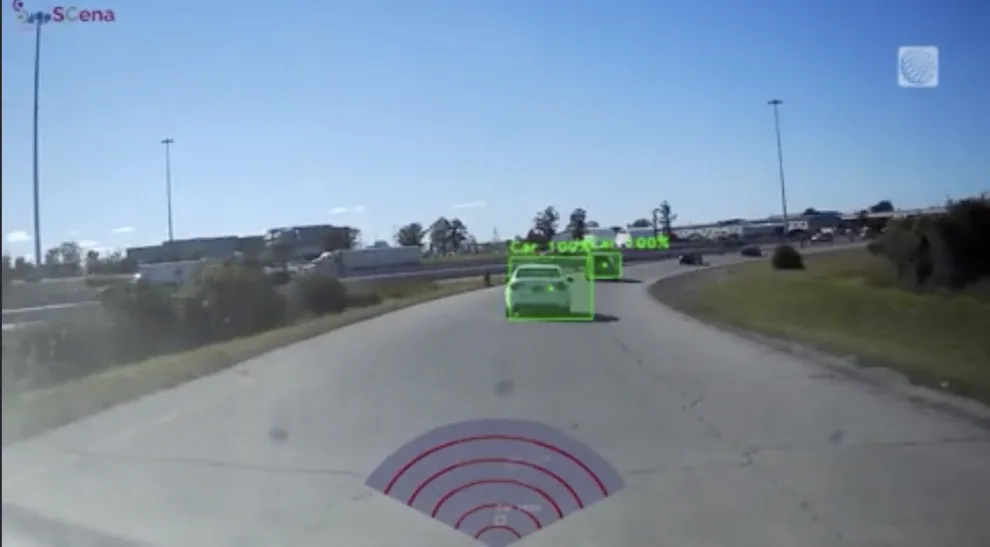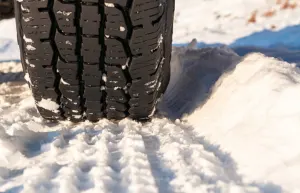
Teaching self-driving cars to handle Canadian snowstorms
Navigating through Canadian winters is a task self-driving vehicles have yet to perfect. The Weather Network's Victoria Fenn Alvarado shares how technology is trying to crack this problem.
What if your car could drive itself through a storm? Artificial intelligence in cars is making this possibility a reality.
Fahed Hassanat, COO and Director of Engineering at Sensor Cortek, is trying to crack one of the biggest problems for self-driving cars: how to navigate through the Canadian winters.
Traditional car cameras can fail during low-visibility weather events. Fog, rain, snow, and mud can hinder the performance of the cameras. But Hassanat solves this visibility problem by using more sensors and radars. With the help of artificial intelligence, the car will be able to decide whether it should break or swerve safely during a storm. Unlike other AI algorithms, Sensor Cortek’s technology is able to detect a higher level of the driving environment, which is twice as good as traditional algorithms.
DON'T MISS: 'Common sense' driving tips to help steer through Canada's winter
For most Canadians, driving through a storm is not a pleasant experience. But, for Hassanat, a lack of visibility on the roads means more opportunity for him to test out his technology. He considers himself a snow chaser. He explains that whenever there is a storm, he test drives his vehicle, which is outfitted with a slew of perception sensors. After the test drive, the data is brought back and analyzed. Hassanat tests how the technology reacts in different weather conditions. From there, he creates a solution to any visibility issue he finds. The worse the condition, the better for Hassanat to collect data.
Are you ready to let artificial intelligence take the wheel? The technology is advancing quickly, but Hassanat says there are multiple levels of regulators the technology must go through before it is approved.
"I believe there will be a good amount of time before the technology is ready and the public is comfortable giving the wheel to a machine," Hassanat explains. "But I would say 2035 would be a good year."
To learn more about the technology behind self-driving vehicles, watch the video that leads this article.










